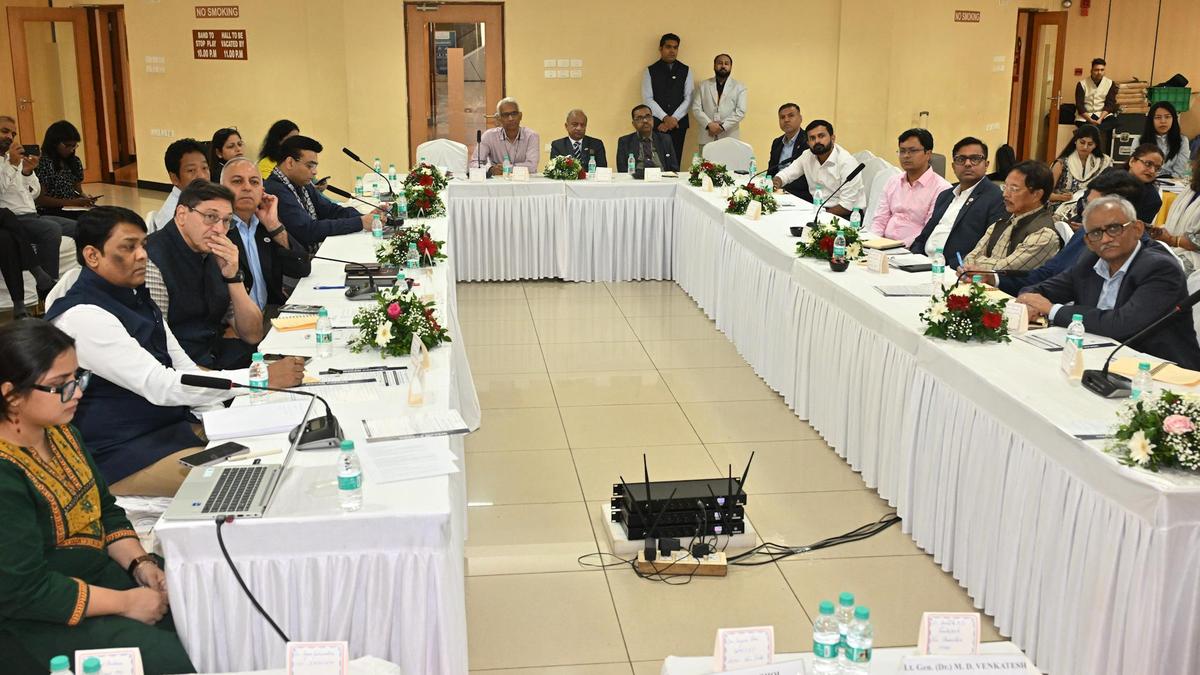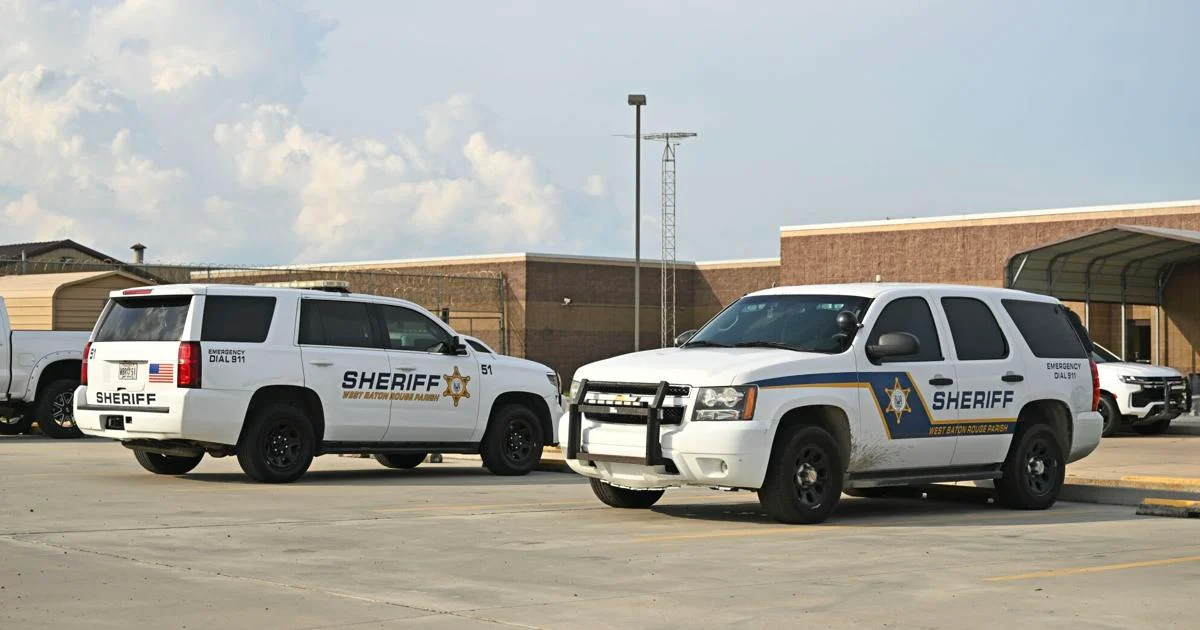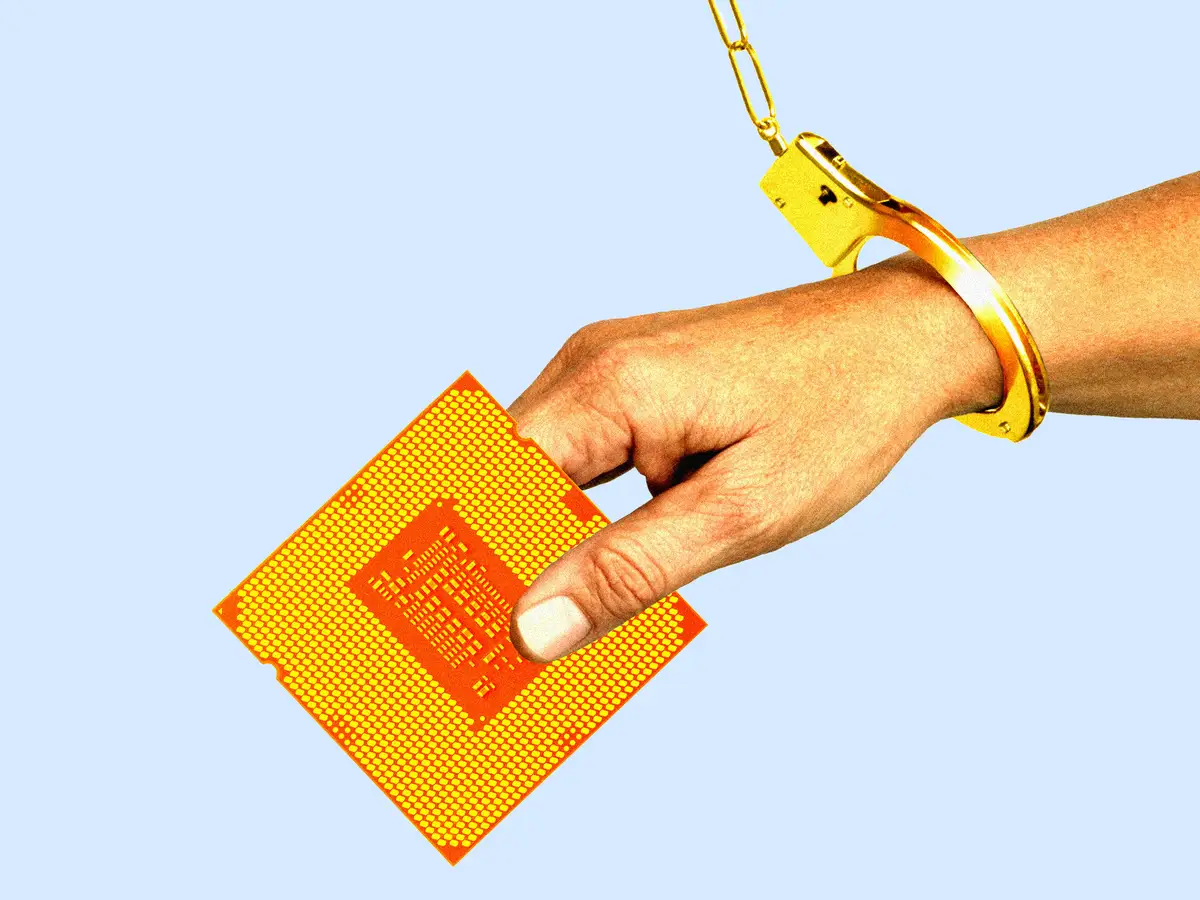Copyright thehindu

Technology should be used to improve the present ambulance system to reduce the response time during a health emergency to less than 10 minutes. The ambulance should have facilities and personnel that provide quality care to patients during the transit to the nearest healthcare centre, said NITI Aayog Member V.K. Paul on Wednesday (October 29). He spoke online on the first day of the two-day National Strategic Framework Meeting for the Decade Action Plan 2025-2035 on Strengthening Integrated Emergency and Trauma Care System in India, held at TMA Pai Convention Centre in Mangaluru. The Department of Emergency Medicine at Kasturba Medical College (KMC), Mangaluru, has organised the meeting in association with other organisations. Dr. Paul said the primary aspect of administering quality emergency care is to provide ambulance support within the platinum time of 10 minutes. There should be a command and control centre for the ambulance system through which healthcare support can be provided using technology during the transit to a healthcare centre. Emergency and trauma care facilities should further improve at district hospitals and private medical colleges. The NITI Aayog Member said that as the country is heading towards becoming ‘Healthy Bharat’, it is essential that the nation’s health care system is equipped to handle all sorts of catastrophic incidents resulting from disease outbreaks, accidents, and other emergencies. The country should go far beyond the present system to adopt a hub-and-spoke model of an integrated trauma system to handle all types of health emergencies, he said. State governments should join hands with the Union government in this endeavour to build a robust emergency care system. This action network, named WECAN-WHO CCET Emergency Care Action Network, will be the best platform to design and implement practical strategies for improving emergency and trauma care systems, he added. Indian Council for Medical Research Director Rajeev Bahl said this emergency care system should address all types of emergencies, including those resulting from myocardial infractions, respiratory problems, neonatal conditions, and poisoning. Every speciality has to come together during emergencies. The system should also address the financial needs for emergency health care. The problem of getting ambulance support during health emergencies should also be addressed, he said. Sanjeevu Bhoi, the Director of WHO CCET, AIIMS, New Delhi, and B. Unnikrishnan, the Dean of KMC Mangaluru, were also present.



